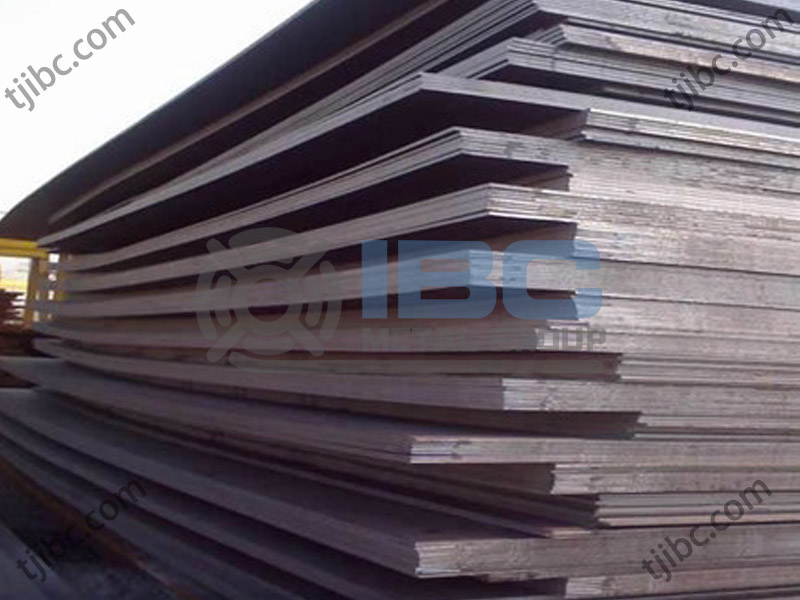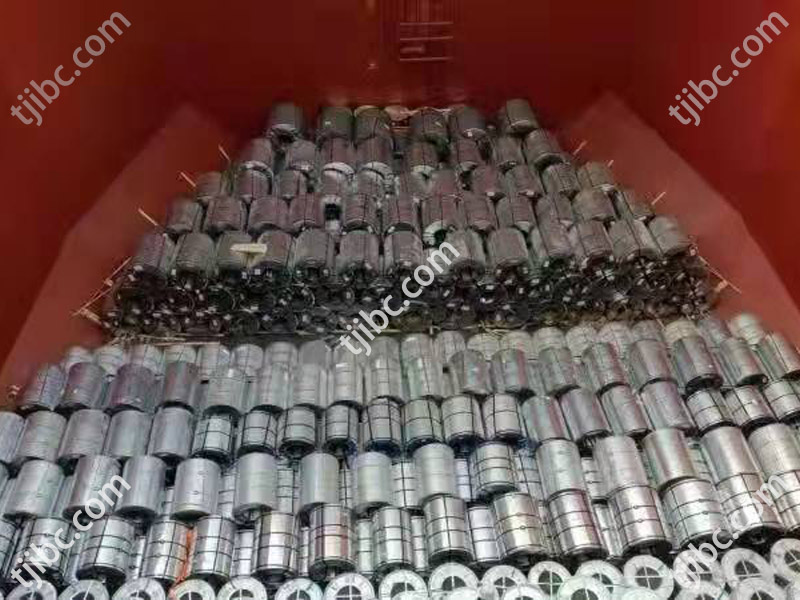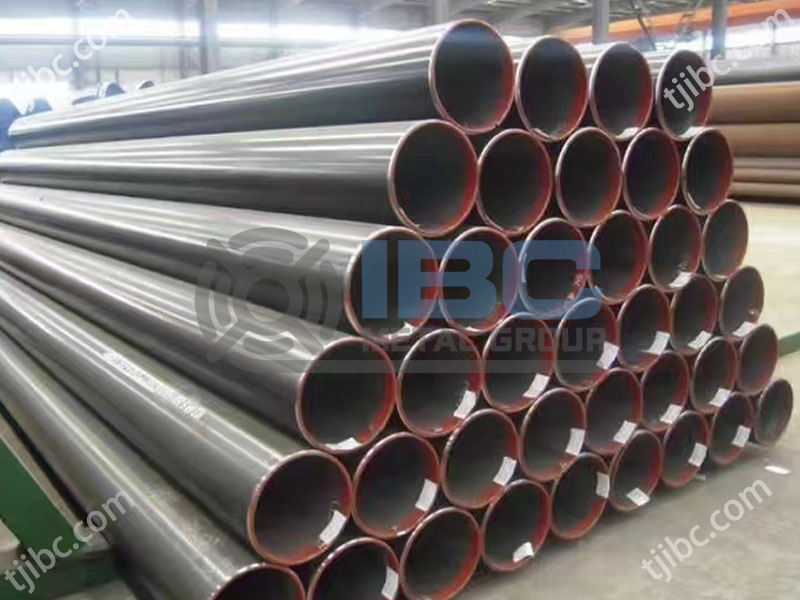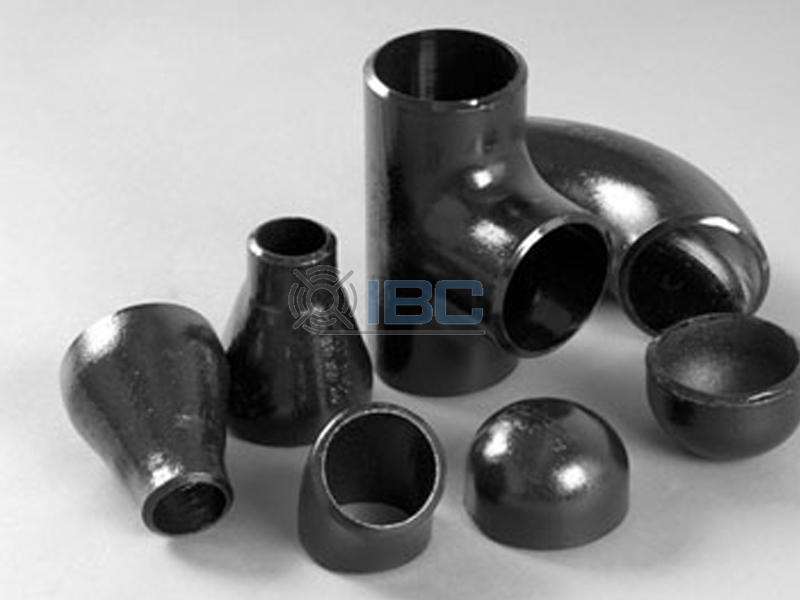Characteristics of Low Carbon I-Beam
1. Good plasticity
The carbon content of Low carbon I-Beam is low (generally less than 0.25%). This feature allows the steel to show high plasticity and ductility when subjected to external forces. This means that low-carbon I-beams are able to maintain structural integrity when being processed, installed or subjected to deformation. Moreover, it is not easy to brittle fracture, which is conducive to the safety and stability of the structure.
2. Excellent weldability
Because there are fewer impurity elements in mild steel, it has good weldability. Whether it is manual welding or automatic welding, this I-steel makes it easy to achieve high-quality weld connections. This ensures the strength and overall stability of the structural parts. In addition, the risk of cracks and deformation generated during welding is low, which is conducive to construction efficiency and quality control.
3. Strength and toughness
It is designed with the balance of strength and toughness in mind. Its section shape design is reasonable, and it can effectively distribute and withstand loads from all directions. This makes the I-steel maintain a high strength at the same time, also has a good toughness. This characteristic makes this I-steel perform well when subjected to dynamic or impact loads. So it is suitable for complex and changeable engineering environment.
Application Field of Low Carbon I-Beam
Construction industry: It can construct and consolidate the supporting structure, steel frame, steel beam, support column and other components of the building. This provides reliable support and load bearing for green buildings.
Manufacturing: In the manufacturing industry, low carbon I-Beam can be manufactured a variety of machinery and equipment, such as cranes, conveyor belts, machine tools, etc. This ensures the stability and reliability of the equipment while reducing carbon emissions in the production process.
Transportation industry: In the transportation industry, it can manufacture vehicles, ships, aircraft and other means of transportation, providing sufficient structural strength and stability. In this way, traffic safety can be ensured while reducing carbon emissions during transportation.
Energy industry: In the energy industry, this I-steel can be manufactured oil, natural gas and other pipelines, as well as power plant supports, structural parts, etc. This ensures the safe and stable transmission of energy while complying with the development trend of low carbon and environmental protection.
The Benefit of Environmental Protection
1. Optimization of green production process
The production process of low carbon I-Beam adopts green production technology, which includes the introduction of advanced production equipment and technology. This reduces energy consumption and waste emissions. By optimizing the production process, not only can improve the production efficiency of I-beams, but also significantly reduce the waste of resources. For example, some companies have adopted efficient smelting technology, rolling processes, and energy recovery systems. This makes the entire production process more environmentally friendly and efficient.
2. Resource conservation and recycling
In its production process, the use of raw materials is also more focused on saving and recycling. For example, by melting scrap iron and other ways to produce. It can not only save natural resources such as iron ore, but also realize the recycling of resources. At the same time, for the waste generated in the production process, the company has also taken a series of measures to recover and reuse. This can reduce environmental pollution.
3. Reduce carbon emissions
An important feature of this I-steel is its low carbon footprint. Compared with traditional I-beams, low-carbon I-beams reduce greenhouse gas emissions such as carbon dioxide in the production process. This is due to its advanced production technology and process flow, as well as the continuous improvement of energy efficiency. In addition, its application in construction engineering, due to its light weight, good seismic tensile performance and other characteristics, can further reduce the carbon emissions of buildings. This contributes to the low-carbon transition of the construction industry.

Contact with us today!



